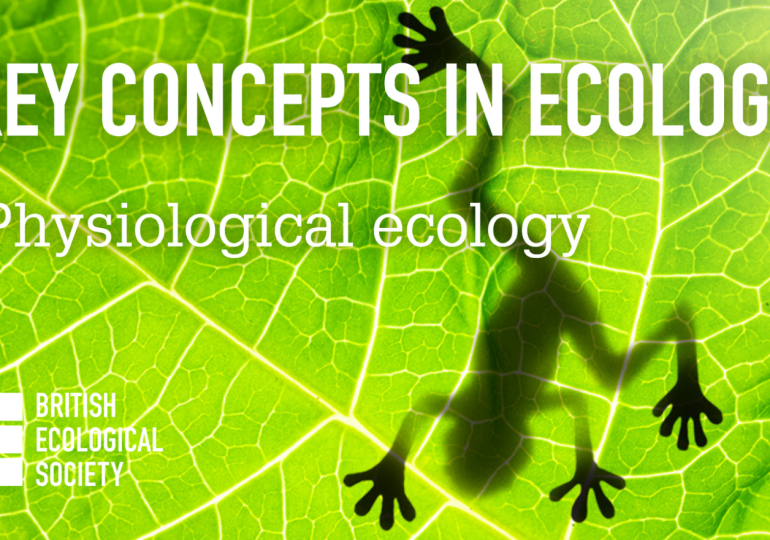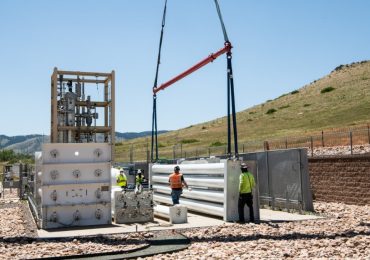This blog post on ‘Physiological ecology’ is part of the BES ‘Key Concepts in Ecology’ series, designed to help ecologists in learning the key topics in ecology! Take a look at the full blog series for a list of key topics you might typically find in an ecology textbook, each providing a quick introduction to the topic, and a list of suggested papers for students to refer to.
Physiological ecology focuses on understanding the relationships between the physiological attributes of organisms and their environments. Because physiology drives the uptake and allocation of energy and nutrients, it ultimately delimits what organisms can and cannot do in their habitats and impacts their behavior (Collett et al. 2022), abundance, distribution (Bujan et al. 2021) and ecological niche (Dwyer et al, 2020).
Physiological ecologists investigate the ways in which physiological processes contribute to an organism’s growth, survival, reproduction, and overall fitness. They often analyze how different characteristics such as body size, metabolism (Pilakouta et al. 2022), body temperature (Díaz et al. 2022), gas exchange and water balance (Xia et al. 2022) are expected to evolve in response to different environmental factors such as temperature, oxygen availability, humidity or salinity. With ongoing global change, physiological ecologists currently study how physiological variation may impact vulnerability to changing environmental conditions.
Given its inherently interdisciplinary nature, research in physiological ecology combines a range of approaches, including genetic and biochemical analyses to study organismal performance (Wei et al. 2022), acclimation experiments to study phenotypic plasticity (Carbonelli et al. 2021), or theoretical work on thermoregulation based on the physics of heat transfer (Galván et al. 2018). For the same reason, physiological ecology is closely related to other subdisciplines such as biochemistry, integrative and comparative biology, evolutionary physiology and functional ecology.
Introduction written by Enrico Rezende (Senior Editor, Functional Ecology). Reading list curated by the BES journal Editors.
References and suggested reading
Water & Salt balance
Niche partitioning between river shark species is driven by seasonal fluctuations in environmental salinity. https://doi.org/10.1111/1365-2435.13626
Exchanging gases
Genetic variation in leaf traits and gas exchange responses to vapour pressure deficit in contrasting conifer species. https://doi.org/10.1111/1365-2435.14007
Obtaining nutrients
Covariations and tradeoffs of phosphorus (P) acquisition strategies in dioecious Populus euphratica as affected by soil water availability. https://doi.org/10.1111/1365-2435.14193
Dealing with temperature
Evolution of cold tolerance and thermal plasticity in life history, behaviour and physiology during a poleward range expansion. https://doi.org/10.1111/1365-2656.13482.
Increased acclimation ability accompanies a thermal niche shift of a recent invasion. https://doi.org/10.1111/1365-2656.13381
Multigenerational exposure to elevated temperatures leads to. https://doi.org/10.1111/1365-2435.13538 .
Dark pigmentation limits thermal niche position in birds. https://doi.org/10.1111/1365-2435.13094
Lizard thermoregulation revisited after two decades of global warming. https://doi.org/10.1111/1365-2435.14192
Niche
Sympatric finches increase trophic and spatiotemporal partitioning to enable coexistence through periods of low resource availability. https://doi.org/10.1111/1365-2435.14111
Leave a comment









